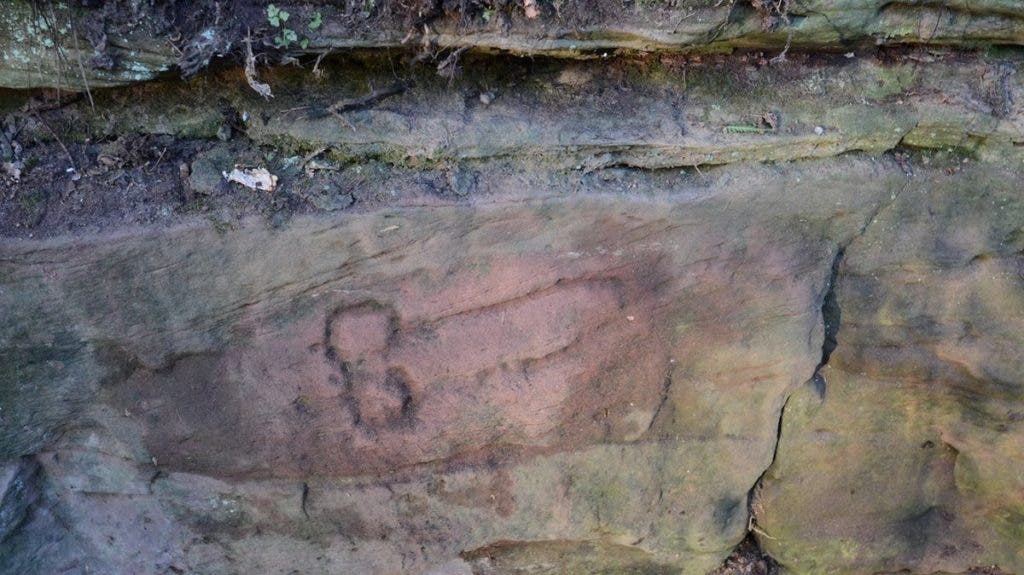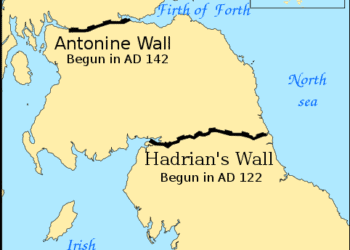While humanity has certainly come a long way, some things remain delightfully constant — like our need for love, acceptance, and, apparently, our age-old tendency to doodle penises on walls.

Hadrian’s Wall — the inspiration for Game of Thrones’ Wall — was built by the Romans in the second century A.D. in what is now northern England. Commissioned by Emperor Hadrian in A.D. 122, the wall was a defensive fortification marking the edge of the Roman Empire, meant to keep out northern tribes such as the Picts.
The wall didn’t completely prevent incursions, but it served as a powerful symbol of Rome’s presence and control in the region. Apparently, it also doubled as a canvas for Roman soldiers. Lots of them.
According to Dr. Rob Collins, an archaeologist at the University of Newcastle, at least 57 phallic carvings have been identified along the wall. And while modern eyes might see them as crude or rebellious, the truth is a bit more nuanced.

In ancient Rome, penis symbols weren’t considered obscene — they were believed to bring good luck and ward off evil spirits. Within the Roman Empire, they were protective symbols; on the frontier, they also sent a clear message: Romans were here — and in charge.
“These inscriptions … are probably the most important on the Hadrian’s Wall frontier,” Collins says in a Historic England statement. “They provide insight into the organisation of the vast construction project that Hadrian’s Wall was, as well as some very human and personal touches.”
Now, researchers are bringing these ancient doodles into the digital age. Using advanced imaging techniques, they’re creating 3D models of the carvings, preserving them for posterity — and for science.






